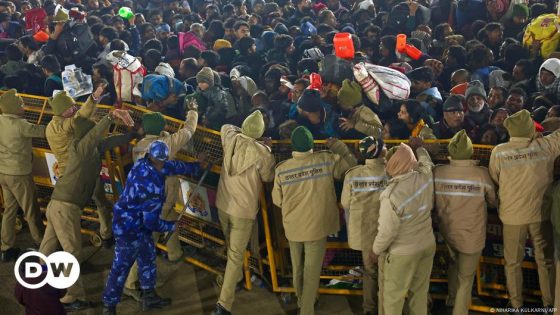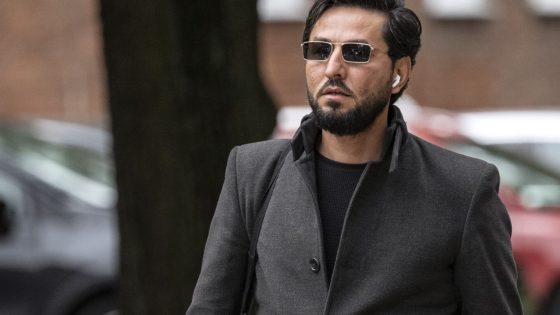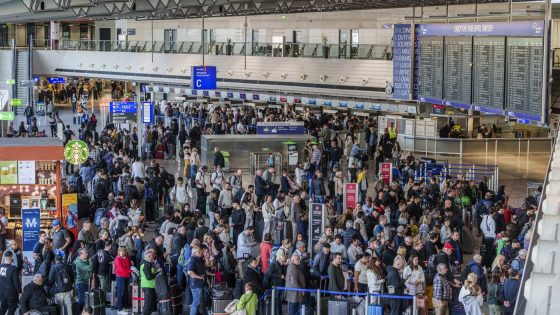Pope Francis, 88, faced a critical health crisis during his hospitalization for pneumonia in both lungs. Doctors at Rome’s Gemelli hospital had to decide whether to continue treatment or let him go, as he experienced severe breathing difficulties and inhaled vomit on multiple occasions.
- Pope Francis faced life-threatening pneumonia.
- Doctors debated continuing treatment or not.
- Personal nurse urged team to persist.
- Pope aware of his critical condition.
- Health improved; no longer in imminent danger.
- King Charles' visit postponed for recovery.
After over five weeks in the hospital, he was discharged on March 10, 2025. The pontiff will now recuperate at Casa Santa Marta in Vatican City for at least two months.
Pope Francis was admitted to Gemelli hospital in Rome for pneumonia in both lungs, where he spent over five weeks. During this time, he suffered multiple respiratory crises, including a critical episode on February 28 when he inhaled vomit, prompting doctors to consider stopping treatment. The medical team, led by surgeon Sergio Alfieri, ultimately decided to push forward with aggressive treatment after the pope’s personal nurse insisted they “try everything.”
Throughout his hospitalization, the pontiff remained aware of his condition and expressed a desire for honesty regarding his health status. Alfieri noted that the atmosphere was tense, with visible concern among those who cared for him. The medical team faced significant risks in continuing treatment, as it could potentially harm other organs.
As his condition improved, doctors announced on March 10 that he was no longer in imminent danger. The pope was able to move around the ward in a wheelchair and even treated his caregivers to pizza. Following his discharge, he returned to Casa Santa Marta, where he will need at least two months to recover fully. His recovery has led to the postponement of King Charles’ state visit to the Vatican, allowing the pope additional time to recuperate.
The recent health crisis of Pope Francis highlights the seriousness of pneumonia and its potential complications. His decision to continue treatment reflects both his resilience and the dedication of his medical team. As he recuperates, the pontiff’s health remains a priority for the Vatican and the global community.
































